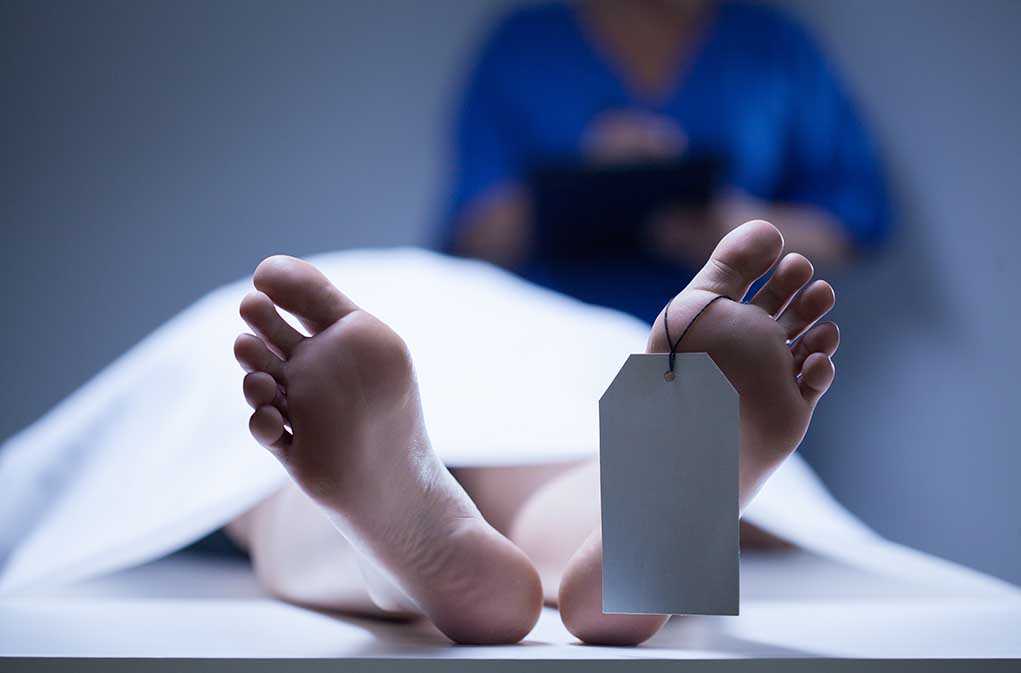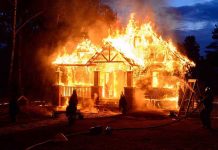
Medical authorities’ failure to confirm death properly has left families facing unthinkable trauma—and highlights dangerous gaps in trusted protocols.
Story Snapshot
- A man declared dead was discovered breathing by relatives in a morgue, exposing a critical breakdown in medical procedures.
- These rare but shocking incidents often involve elderly or terminally ill patients, raising serious questions about oversight and accountability.
- Healthcare staffing shortages and inconsistent legal standards have increased the risk of such tragic mistakes.
- Families suffer immense emotional distress and public trust in medical and legal systems is further eroded.
- Experts urge stricter protocols and the use of advanced technology to prevent future errors.
Rare Morgue Awakening Exposes Systemic Flaws
In a recent case that unsettled families and communities, a man previously declared dead began breathing in the morgue just as relatives arrived for final farewells. Medical professionals had pronounced him deceased, but hours later, staff and grieving loved ones witnessed unmistakable signs of life. Emergency responders rushed the individual back to the hospital, yet, as in many such incidents, survival was brief. This rare but not unprecedented event underscores the fallibility of death pronouncements and the severe emotional toll for families left questioning the reliability of those entrusted with their loved ones’ final moments.
Documented cases reveal a common pattern: vulnerable patients, often elderly or suffering severe illnesses, are pronounced dead in hospitals, nursing homes, or hospices, then transported to funeral homes or morgues. Hours later, during preparations for embalming or family visitation, movement or breathing is noticed—forcing a rapid reversal and an agonizing ordeal for relatives. Such events, though extremely rare, have occurred in the U.S. in both 2020 and 2023, prompting law enforcement press conferences and formal investigations. While most individuals do not survive long post-resuscitation, each incident raises urgent questions about the rigor and consistency of protocols used to declare death.
Historical Precedents and Modern Vulnerabilities
Premature declarations of death—once common enough to inspire tales of “Lazarus syndrome” and premature burial—persist even in the age of advanced medicine. Human error, rare physiological responses, and atypical medical presentations can all contribute. Notably, advances in life-support technology and resuscitation have blurred the line between life and death, complicating the work of medical professionals. In places where a physician may not be immediately present, such as nursing homes or hospices, the risk of misdiagnosis increases. The strain on healthcare systems—exacerbated by the COVID-19 pandemic and ongoing staffing shortages—has only heightened the potential for procedural lapses.
Legal and procedural standards for confirming death vary widely between jurisdictions, undermining uniformity and accountability. Inadequate oversight, especially in facilities with limited direct medical supervision, leaves room for tragic mistakes. Family members, reliant on professionals for guidance, are left exposed to devastating uncertainty. Funeral home and morgue staff must also navigate these distressing scenarios, balancing legal, ethical, and emotional responsibilities. In each case, investigators seek to determine whether negligence or failure to adhere to established protocols played a role, often resulting in policy reviews, disciplinary actions, or even litigation.
Long-Term Impact, Public Trust, and Expert Recommendations
For families, the trauma of discovering a supposedly deceased loved one alive is immediate and profound, compounding their grief with shock and mistrust. Healthcare and funeral service professionals face increased scrutiny, potential legal liability, and reputational damage. On a broader scale, these incidents erode public confidence in the reliability of medical and legal systems. Economic consequences may include lawsuits and settlements, while legislators and regulators face mounting calls to review and strengthen death certification protocols. Experts recommend mandatory waiting periods before embalming and advocate for the use of advanced monitoring technologies—such as EEGs and ECGs—to confirm death decisively, especially in non-hospital environments.
Medical ethicists and forensic pathologists alike emphasize humility and caution in declaring death, particularly for vulnerable populations. Academic analyses stress the importance of standardized, enforceable procedures and warn against procedural complacency. While the precise frequency of such incidents remains unclear due to underreporting, each documented case serves as a stark reminder: rigorous oversight, technological innovation, and personal accountability are critical to restoring faith in our most fundamental institutions and protecting the dignity of America’s families during their most vulnerable moments.
Sources:
Popular Mechanics: “She Was Pronounced Dead—Then They Found Her Gasping for Air”
U.S. Customs and Border Protection: Incident summary on medical distress and death pronouncement

















